I am using a 2 meter strip with 144 LEDs/m on a WS2812B LED strip. By doing the maths on how much current would be required to power this we get:
60 mA * 288 = 17.28 A.
However, I am not planning on having the LEDs at full brightness and I do not plan on having any white LEDs that will draw more current. I will have the LEDs at 40% brightness so I would need ~7 A. But once again, this would be if the LED was white.
So with these numbers, I bought a 5 V, 10 A power supply. The schematic that I am using is attached to this post. It is from the NeoPixels überguide, in the section "Powering NeoPixels". I have also attached a picture of the connections that were already wired up to the LEDs.
I am completely new to any sort of circuitry, especially at these high currents, and to be honest it scares the crap out of me worrying that I will completely burn down my house!
So here are my questions:
I am currently using the Arduino Uno starter kit along with the included jumper wires. From looking up online I can see that the gauge of these wires is 22 AWG which I believe is not suitable for the ~7 A that I need (please correct me if I am wrong). So I know I would need to get better wires, however I am not sure what gauge wires I would need?
If I was to get different wires, for example 16 or 14 AWG, are they available as jumper cables and will they fit into the Arduino pins?
My LED strips have 5 wires coming off of them already, two red, two white, and a data cable. One of each of the white and red cables along with the data cable go to a female connector that I plug the jumper cables into. Would I be able to plug the bigger cables into this connector and are these wires suitable to handle the current or do I need to unsolder them and solder new wires?
I also bought a barrel jack adapter that splits the power supply into the + and - connections. I believe it is called a 5.5mm x 2.1mm adapter. The brand is EFISH and once again I am wondering if this can handle the current?
As you can see from the schematic, there is a 1000 μF capacitor on the + and - from the power supply. I then connect the wires to the LED as well as the ground to the Arduino. What is the best and safest way to cover all of this once I am done testing and ready to install?
Finally, I know that it is suggested to power both ends of a strip to ensure equal brightness and colour accuracy especially across 2 m of LEDs. The end of my strip has the same wires already connected however, instead of the female connector, it has a male connector. How do I power this end of the strip? Do I simply wire the white and red cables into the same power supply as I did with the other end?
I know there are a lot of questions here but I am very excited to get this working but mainly I am very nervous about all of it! So any help or input would be greatly appreciated!

